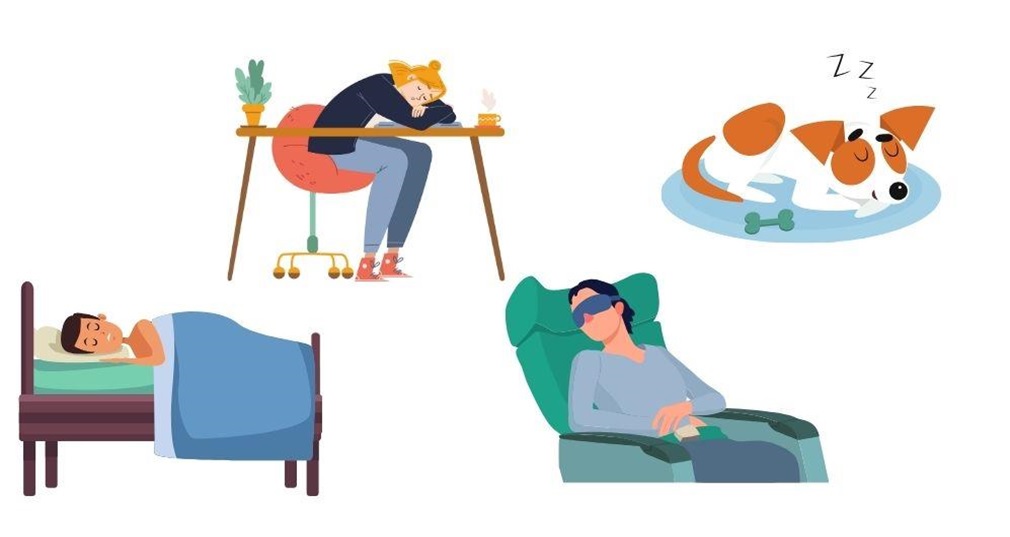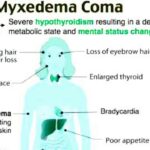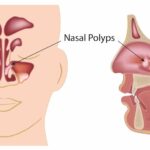Narcolepsy syndrome is a chronic neurological disorder that affects the brain’s ability to regulate sleep-wake cycles. Individuals with this condition often experience excessive daytime sleepiness (EDS) and sudden, uncontrollable episodes of falling asleep during waking hours. Narcolepsy can significantly impact daily activities, work performance, and overall quality of life.

Causes of Narcolepsy Syndrome
Narcolepsy is primarily associated with a deficiency of hypocretin (orexin), a neurotransmitter that regulates wakefulness and REM sleep. The exact cause of this deficiency remains unclear, but several factors may contribute:
- Autoimmune response: The immune system may mistakenly attack hypocretin-producing cells.
- Genetic predisposition: Certain genetic markers, such as HLA-DQB1*06:02, increase susceptibility.
- Brain injury or tumors: Damage to the hypothalamus can lead to sleep disturbances.
- Infections or environmental triggers: Viral infections like the flu have been linked to narcolepsy onset.
Symptoms of Narcolepsy Syndrome
Narcolepsy presents with a distinct set of symptoms that can vary in severity among patients. These include:
1. Excessive Daytime Sleepiness (EDS)
EDS is the hallmark symptom of narcolepsy, leading to an overwhelming urge to sleep at inappropriate times. Patients may struggle to stay awake during work, school, or social interactions.
2. Cataplexy
Cataplexy is a sudden loss of muscle tone triggered by strong emotions such as laughter, excitement, or anger. It can cause mild weakness (e.g., drooping eyelids) or complete muscle collapse while remaining conscious.
3. Sleep Paralysis
Patients may experience temporary paralysis when falling asleep or waking up. Although brief, these episodes can be distressing.
4. Hallucinations
Vivid, dream-like hallucinations can occur at sleep onset (hypnagogic) or upon waking (hypnopompic). These can be frightening and often feel indistinguishable from reality.
5. Disrupted Nighttime Sleep
Despite excessive sleepiness during the day, individuals with narcolepsy often experience fragmented nighttime sleep, frequent awakenings, and vivid dreams.
Diagnosis of Narcolepsy Syndrome
Diagnosing narcolepsy involves a comprehensive assessment of symptoms and specialized sleep studies:
1. Clinical Evaluation
A thorough medical history and symptom assessment help in identifying key indicators of narcolepsy.
2. Polysomnography (PSG)
An overnight sleep study monitors brain activity, breathing, and muscle movements to rule out other sleep disorders.
3. Multiple Sleep Latency Test (MSLT)
This daytime test measures how quickly a person falls asleep and how soon REM sleep occurs.
4. Hypocretin Level Testing
A lumbar puncture can measure cerebrospinal fluid hypocretin levels to confirm a deficiency.
Treatment Options for Narcolepsy Syndrome
While there is no cure for narcolepsy, various treatment approaches help manage symptoms effectively.
1. Medications
- Stimulants (e.g., Modafinil, Armodafinil, Methylphenidate): Help reduce daytime sleepiness.
- Sodium Oxybate (Xyrem): Improves nighttime sleep and controls cataplexy.
- Selective Serotonin Reuptake Inhibitors (SSRIs) & Tricyclic Antidepressants: Reduce cataplexy, sleep paralysis, and hallucinations.
2. Lifestyle Modifications
- Maintain a consistent sleep schedule.
- Take short, scheduled naps during the day.
- Avoid caffeine, alcohol, and heavy meals before bedtime.
- Engage in regular physical activity to promote wakefulness.
3. Behavioral Therapy and Support
- Cognitive behavioral therapy (CBT) helps patients cope with emotional challenges.
- Support groups provide a sense of community and shared experiences.
Narcolepsy syndrome is a complex neurological disorder that significantly affects daily life. Early diagnosis and appropriate treatment can help manage symptoms effectively, improving overall quality of life. Patients should work closely with healthcare providers to find the best combination of medications and lifestyle changes for symptom control.

